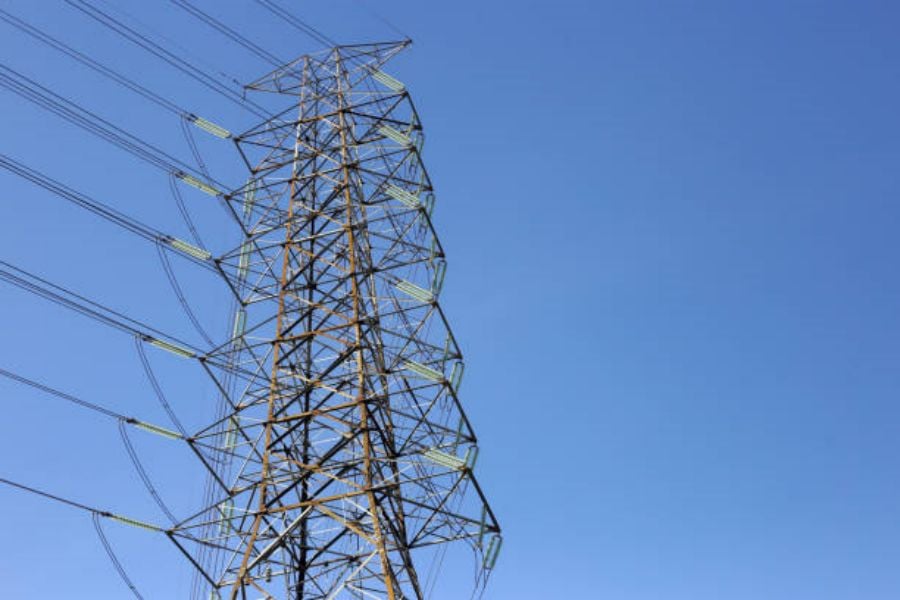How to test hvac transformer with multimeter: A Comprehensive Guide
If your HVAC (Heating, Ventilation, and Air Conditioning) system is not functioning correctly, the issue may lie with the transformer. The transformer is responsible for converting the high voltage electricity from your home into the lower voltage electricity that is needed to power your HVAC system.
If you suspect that the transformer is the culprit, you can use a multimeter to test it. In this article, we will provide a step-by-step guide on how to test HVAC transformer with a multimeter.
What is a multimeter?
A multimeter is an essential tool for anyone working with electricity. It is used to measure various electrical quantities, including voltage, current, and resistance. A multimeter has two probes - a positive (red) probe and a negative (black) probe, which are used to take measurements.
Step-by-Step Guide: How to Test HVAC Transformer with Multimeter
Step 1: Turn Off Your HVAC System
Before you start testing the transformer, it is essential to turn off your HVAC system. This will help prevent any accidents or injuries from occurring.
Step 2: Locate the Transformer
The transformer is typically located near the air handler or furnace. Look for a small rectangular box with wires coming out of it. The transformer should have two wires - a primary wire (usually red) and a secondary wire (usually blue or yellow).
Step 3: Test the Primary Side of the Transformer
Set your multimeter to measure AC voltage and touch the positive probe to the primary wire and the negative probe to the ground. The voltage should be between 110 and 120 volts. If there is no voltage or an incorrect voltage, then the transformer's primary side is faulty.
Step 4: Test the Secondary Side of the Transformer
Set your multimeter to measure AC voltage and touch the positive probe to the secondary wire and the negative probe to the ground. The voltage should be between 24 and 28 volts. If there is no voltage or an incorrect voltage, then the transformer's secondary side is faulty.
Step 5: Test the Transformer for Continuity
If both the primary and secondary sides of the transformer are working correctly, the next step is to test the transformer's continuity. Set your multimeter to measure resistance and touch the probes to the two wires coming out of the transformer. The resistance should be between 2-3 ohms. If there is no continuity or too much resistance, then the transformer is faulty.
Step 6: Check for Short Circuit
If the resistance reading is too low or zero, then there may be a short circuit in the transformer. To test for a short circuit, set your multimeter to measure resistance and touch the probes to the two wires coming out of the transformer. If the multimeter reads zero ohms, then there is a short circuit in the transformer, and it needs to be replaced.
Step 7: Test the Transformer Under Load
If you have determined that the transformer is working correctly so far, the next step is to test it under load, which means testing its output while the HVAC system is running. Turn on your HVAC system and measure the voltage from the secondary wire to ground. The voltage should remain steady, even as the system cycles on and off. If the voltage fluctuates or drops dramatically, then the transformer cannot handle the load, and it needs to be replaced.
Step 8: Replace the Transformer (If Necessary)
If you have determined that the transformer is faulty, the only solution is to replace it. Make sure to turn off the power to your HVAC system before attempting to replace the transformer. Replacement transformers can be purchased from HVAC supply stores or online.
Conclusion
Testing the transformer of your HVAC system with a multimeter is an excellent way to diagnose any issues with the system's electrical components. Follow the step-by-step guide outlined above to determine whether your transformer is working correctly, and replace it if necessary. Remember to always turn off the power to your HVAC system before carrying out any tests or repairs.

